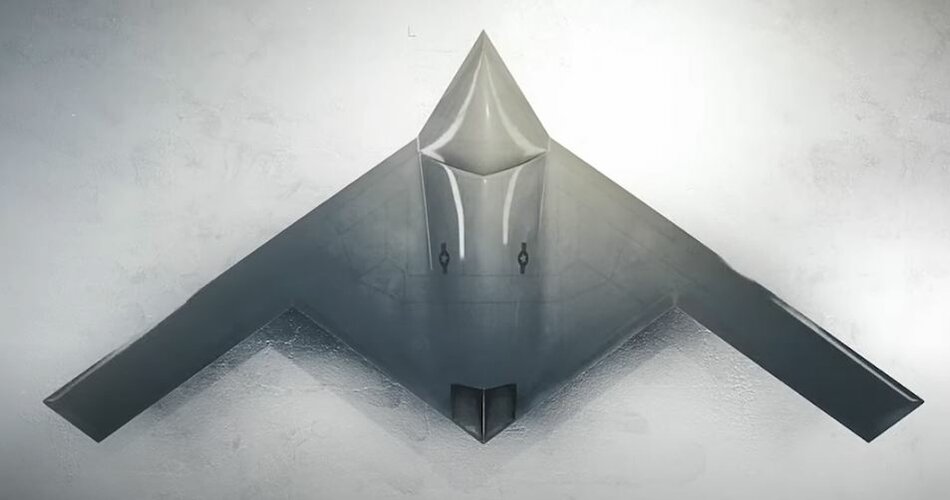I don’t think the RQ-170 is able to penetrate the European part of Russia, but that is an assumption on my side.
Once Iranians got their hands on one, it's a safe bet that Russians will also have gotten intimately familiar with it. I think it's at least widely suspected that the downing of RQ-170 was a "joint effort" from the beginning. Not that it couldn't have been modified for increased survivability since the incident, but still, my (very superficial) impression is that the RQ-170 was tailored towards a Middle East, high value anti-terrorism mission specifically.
If they want to penetrate Russia if war broke out with the Ukraine (and I’m guessing it will happen this weekend), it would make much sense to have a P-ISR platform nearby. The USA won’t fight Russia directly (at least for now), but if they can provide information that could make a big difference.
Hard to tell what options are available for contingencies like Ukrainian airspace becoming kinetically contested. Depends on the stakes, whatever they are. It's not exactly a secret that NATO shares information with Ukraine, the Russian regime seems to really struggle with losing much of the element of surprise. It has proven to be a sensible form of deterrence to actually not only share with relevant parties but also go public with what is known about their troops' movements and other designs. It would be more problematic to do so with information that could only come from something like the "RQ-180", risking revealing "methods and sources".
Certainly at this point, looking at current platforms' notional sensor ranges, NATO would seem to have visibility so deep into Russia (from Ukraine) that basically all relevant Russian forces can be surveilled (not least because more than half of their land armies are in such close proximity to the border by necessity of being capable to invade in the first place). Russia continues to have a lot of EW capability in the area and are renowned to have invested heavily in it but so far I've seen no public facing reporting about any sort of interference being run towards NATO flights. I would be surprised if there was none (witness the change in Global Hawks' flight paths) since during the last decade Russians have generally shown little to no qualms about trying to mess with others in the EM spectrum under far less fraught circumstances.
As old crows would have it it's a game of cat and mouse and while Russian EW is nothing to sneer at, any Ukrainians with relevant experience will also tell you that it's not the 12 ft tall giant it's made out to be, the Russians' best efforts not being able to entirely disrupt signals or situational awareness. Certainly the Russians' prime objective here is not hostile acquisition of technology but ending Ukraines sovereignty in one or another manner but it's certainly an opportunistic risk anyway. The tech that the "RQ-180" could carry is very interesting, the ancestry of its stealthy sensors probably going back to Have Blue (edit: should've been Tacit Blue, silly me), through B-2 and whatnot.
It might also be overkill to deploy the RQ-180 in Europe.
But if it is deployed in Europe, Incirlik is a good option. UK and Norway might also be an option.
Haven't followed sightings closely but the only ones I know of are from Western US, the Pacific and that Northrop Grumman promotional video. Thinking about deployments "out of the box", perhaps even Akrotiri and Qatar come into question - wildly speculative though, just banter really.
Josh TN managed to post before I could finish writing mine, didn't edit the above to react to all of it. Good points about the RQ-170, somewhat along the same lines as me.



